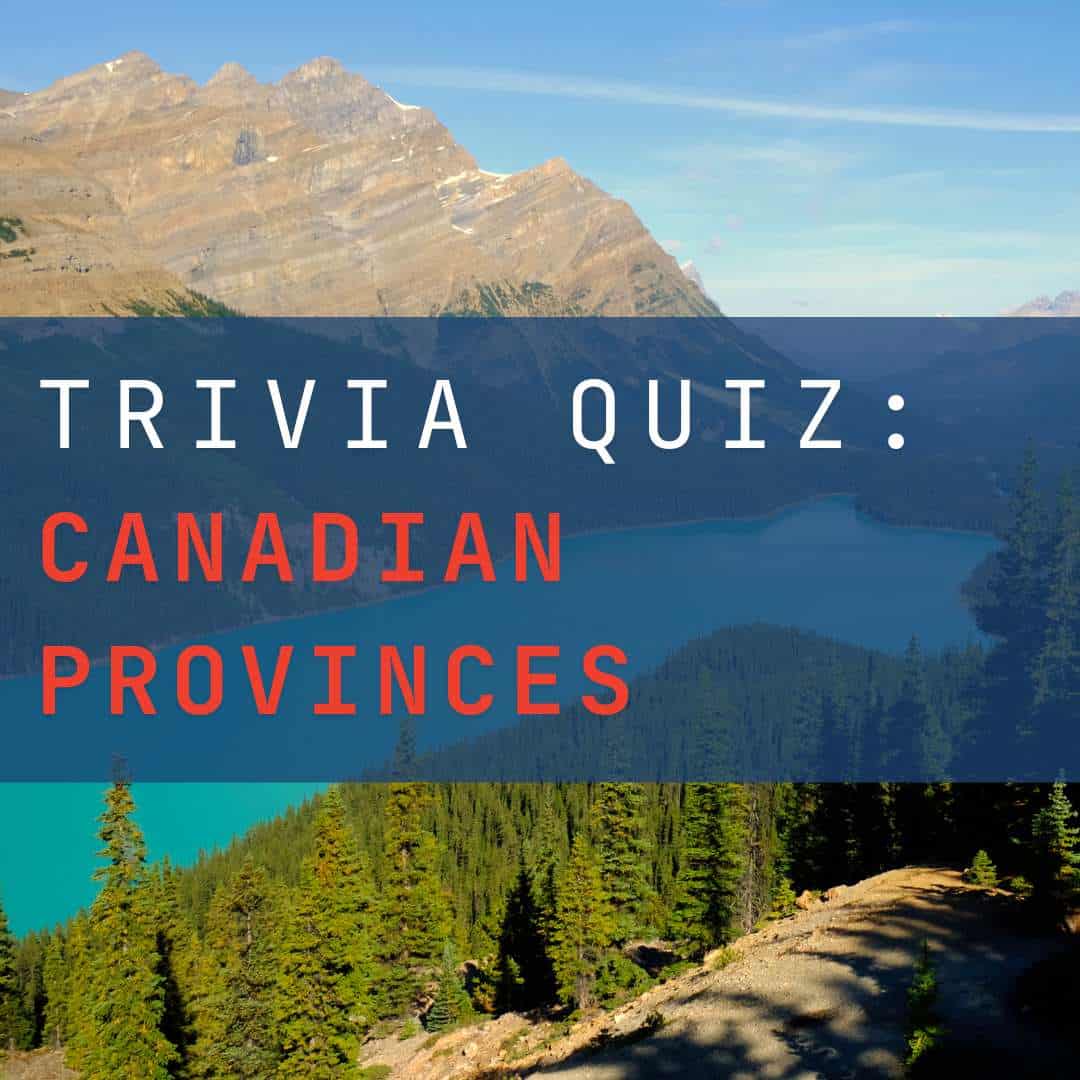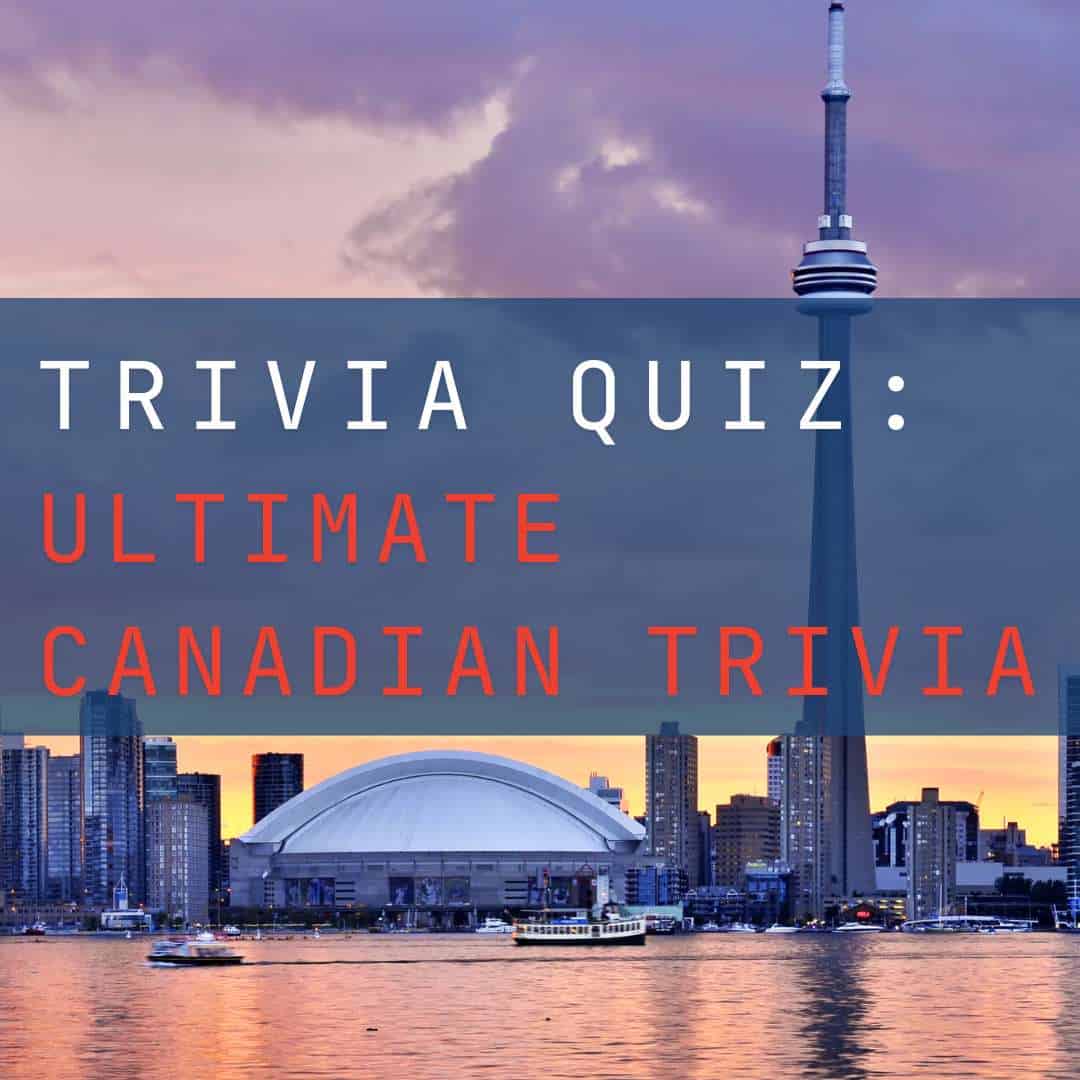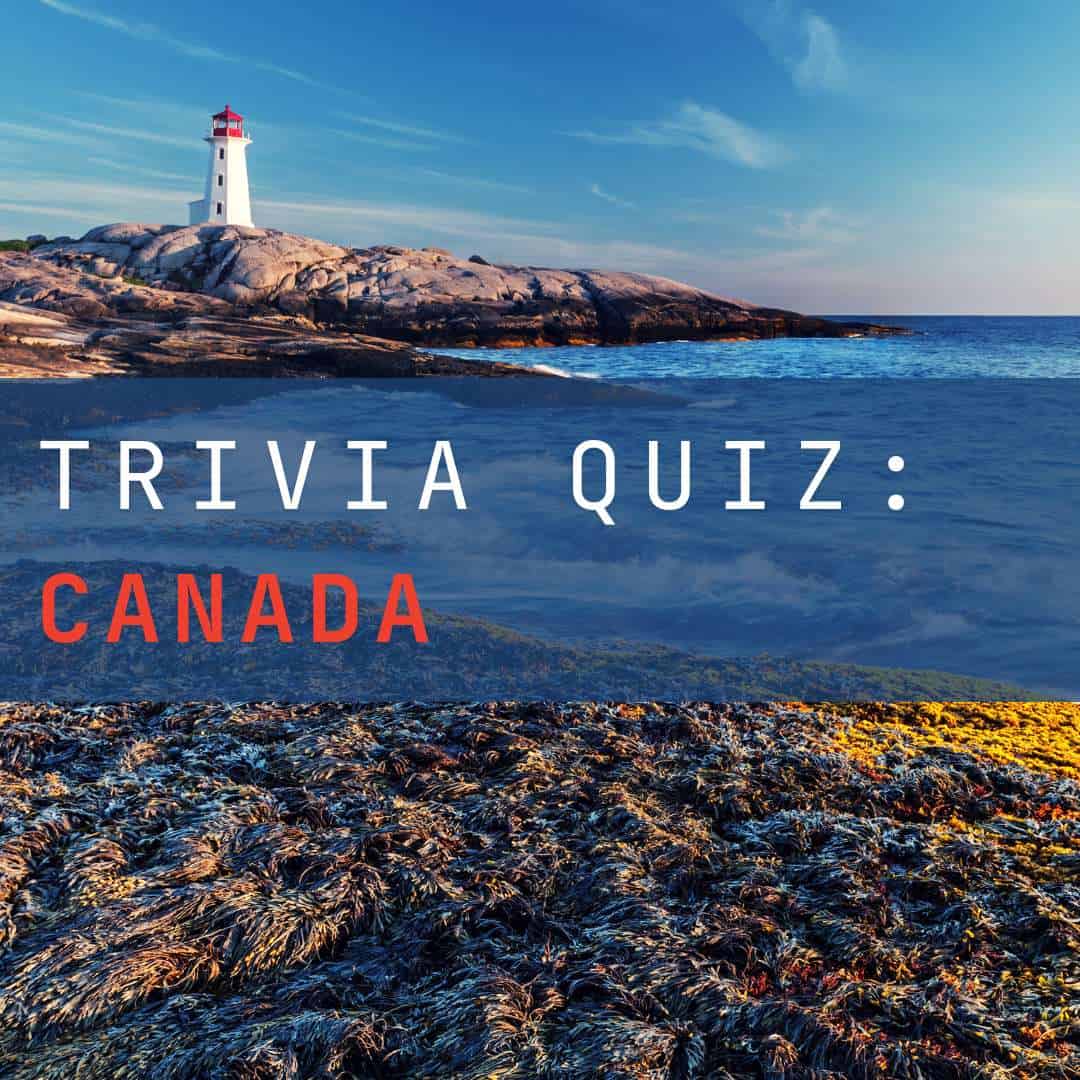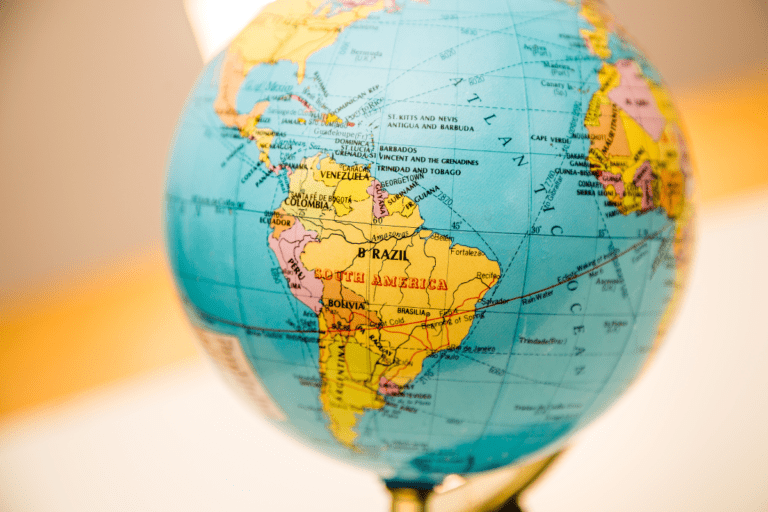Last updated April 25, 2024
New Brunswick, one of the four maritime provinces in eastern Canada, offers a unique blend of natural beauty and cultural charm. Visitors flock to this eastern province for many reasons, including its stunning coastline dotted with lighthouses and mainly the Bay of Fundy with its world-famous tides. They visit to see the vast forests and Appalachian foothills, which are perfect for hiking and outdoor adventures. And they come for the city charm and culinary experiences in Fredericton, Moncton and Saint John.
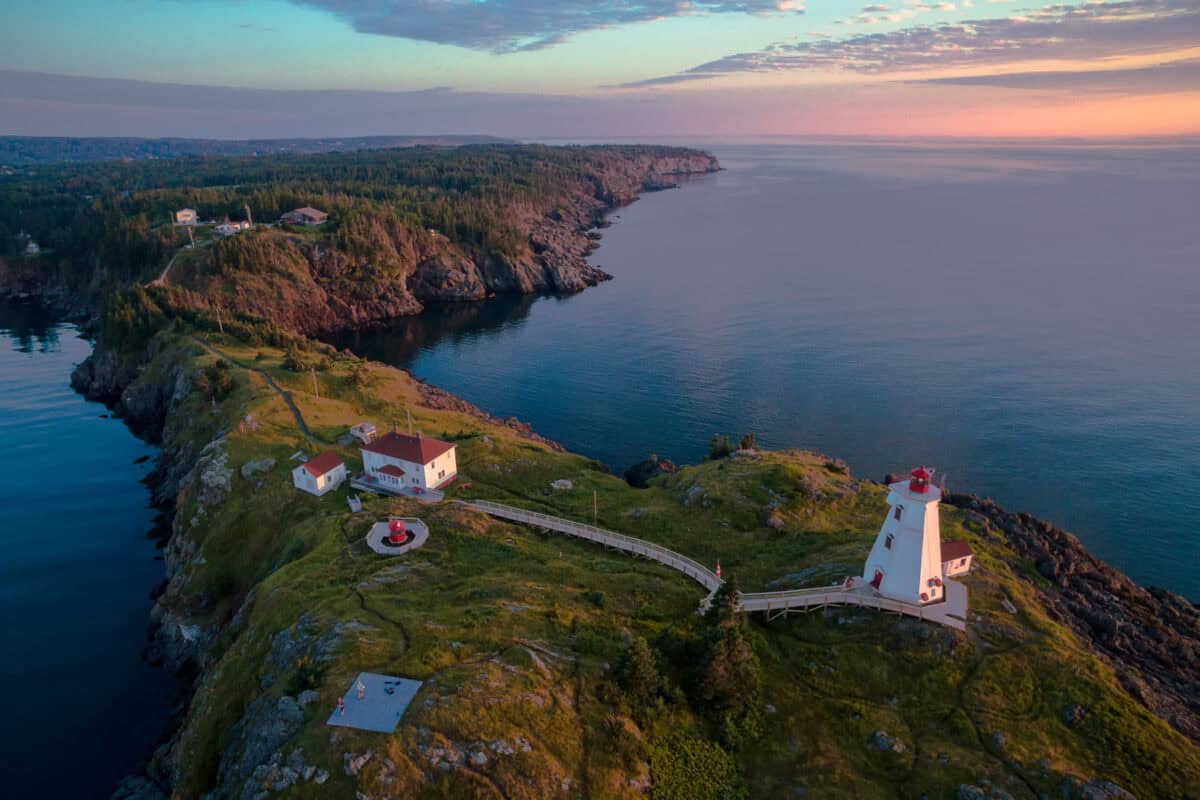
It goes without saying that New Brunswick packs a surprising punch when it comes to unique experiences. From record-breaking whirlpools to culinary claims to fame, this Canadian Atlantic province offers a collection of quirky facts that will have you saying “wow” and planning your next trip to Atlantic Canada. Here are 24 interesting facts about New Brunswick.
Stay tuned for the quiz on the Canadian province of New Brunswick!
Quick New Brunswick Facts
As of 2023, the population of New Brunswick was over 830,000 and expected to be over 900,000 by 2030.
The capital of New Brunswick is Fredericton, and as of June 2023, the city has a population of over 63,000.
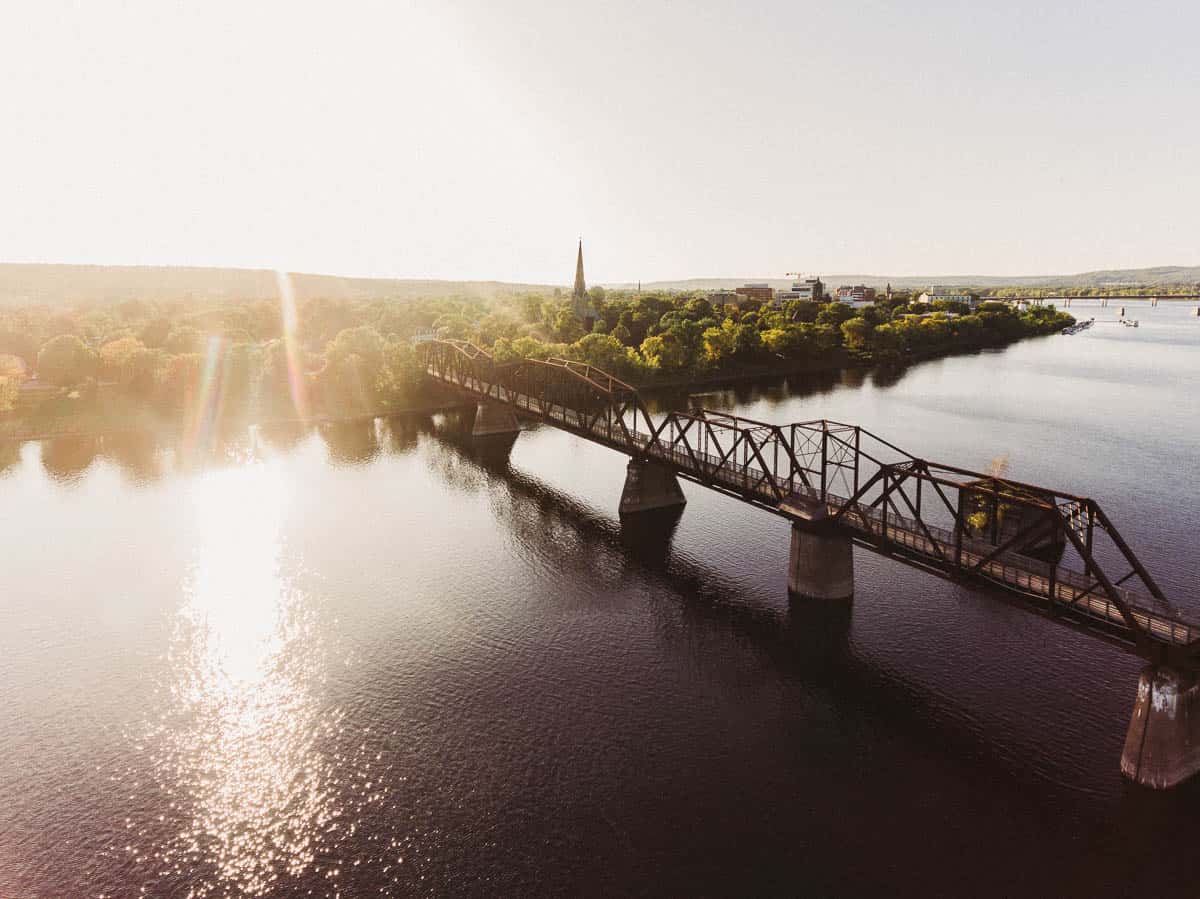
New Brunswick is the only official bilingual province in Canada, with both English and French spoken.
Moncton is New Brunswick’s largest city (population 152,000), and in 2002 became the first officially bilingual city in Canada.
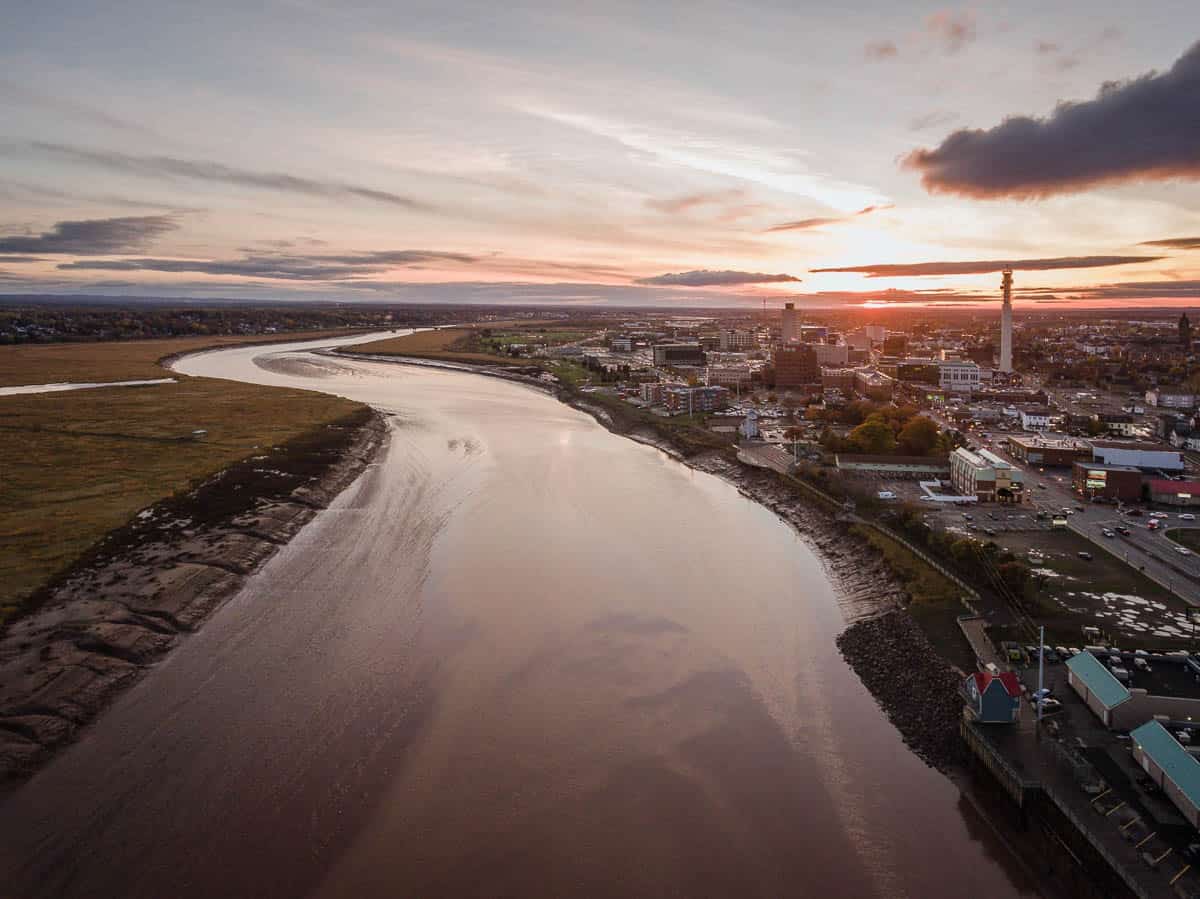
New Brunswick covers 73,440 square kilometers (28,355 square miles) and is 85% covered by forest. It borders Nova Scotia, Prince Edward Island and Quebec.
The weather in New Brunswick has a blend of climates typical of a coastal area. The summers are typically warm, averaging between 20 and 22°C. Winters are usually wet and cold and Nor’Easters can make things nasty.
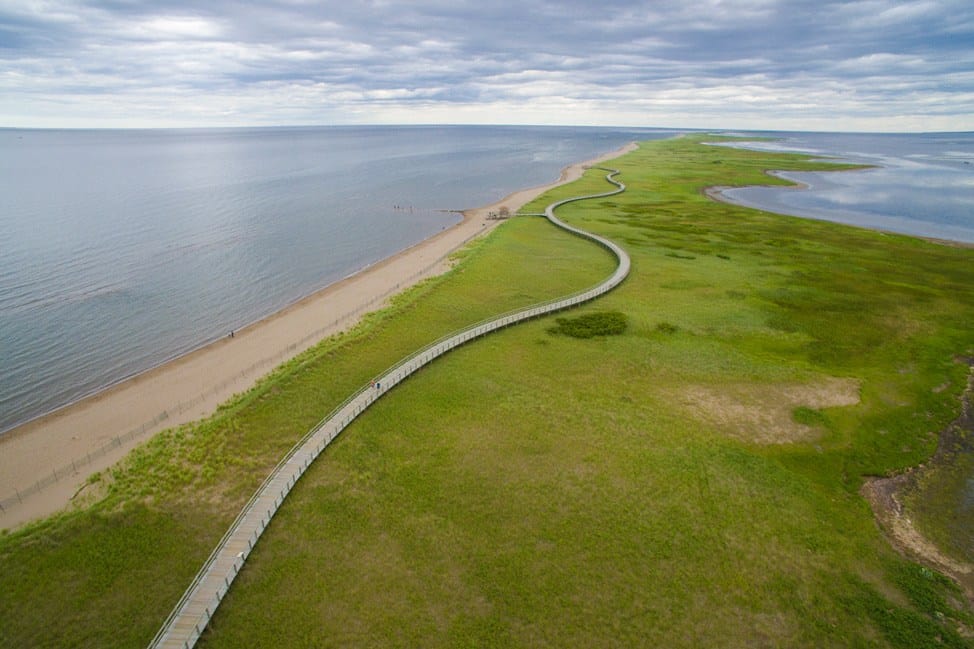
The provincial flower is the purple violet, the provincial bird is the black-capped chickadee and the provincial tree is the balsam fir.
Quirky and Fun Facts About New Brunswick
New Brunswick is the largest of the maritime provinces in terms of area – 72,908 square kilometres (28,150 square miles).
Mount Carleton in Mount Carleton Provincial Park is the highest point in New Brunswick, standing at 820 metres (2,690 feet).
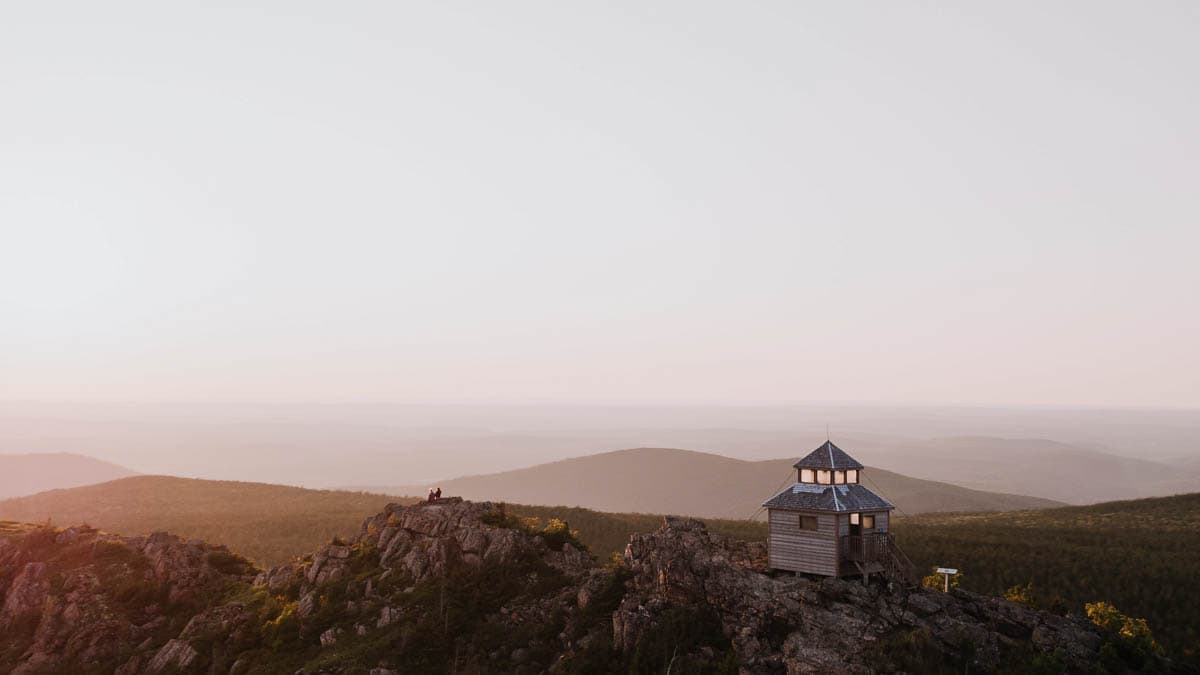
The northern areas of the province are dominated by mountains that are part of the Appalachian Range.
Fredericton is known as Atlantic Canada’s craft brewing capital. The city has the most taprooms per capita in all of Canada.

The magnificent Saint John River, which splits the province from north to south, is often called the Rhine of North America.
Anglers worldwide flock to the Miramichi River with dreams of catching a salmon. Celebrities that have been here include Tom Cruise, Bobby Orr, Lorne Michaels, and Donald Sutherland to name a few.
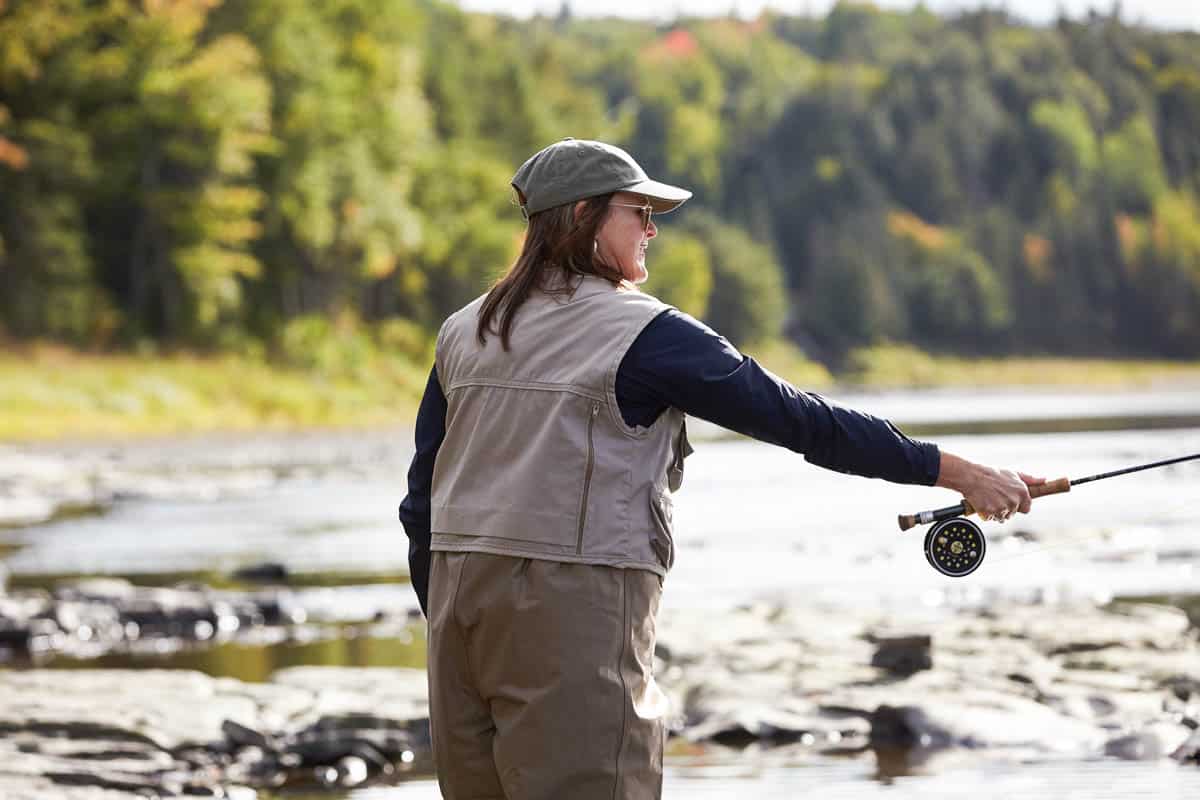
The geography of New Brunswick is 85 percent forested despite the province being mostly surrounded by saltwater.
New Brunswick has an abundance of wildlife, including 12 species of whales, and over 400 species of birds including the second-largest colony of common terns in North America! Puffins can also be found in New Brunswick and tours are really popular in the summer.
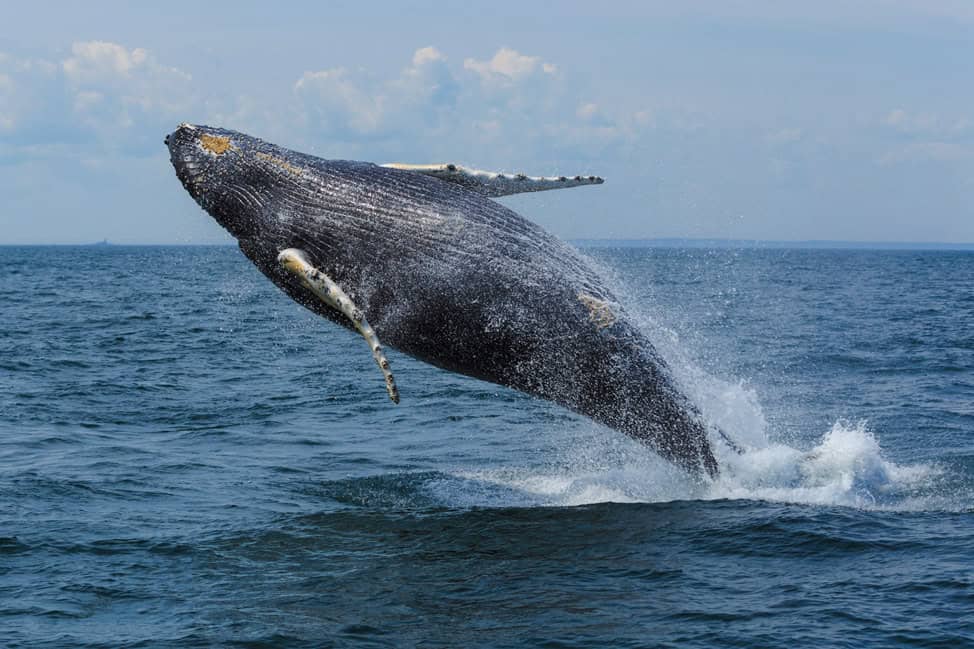
Believe it or not, New Brunswick has the warmest saltwater beaches in Canada. They’re on the Northumberland Strait coast, and during the summer, water reaches 25 degrees Celsius. It’s no surprise that sunbathers and swimmers flock here.
The Bay of Fundy lines the southeast shore of New Brunswick. It’s home to the highest tides in the world with the water level rising or dropping one metre every 15 minutes. There are two tide changes daily, and the sea level can rise in the Bay of Fundy from anywhere between 3.5 and 16 metres. The amount of water that flows in for one tide change is equal to the amount of water that flows over Niagara Falls over the span of one year and nine months.
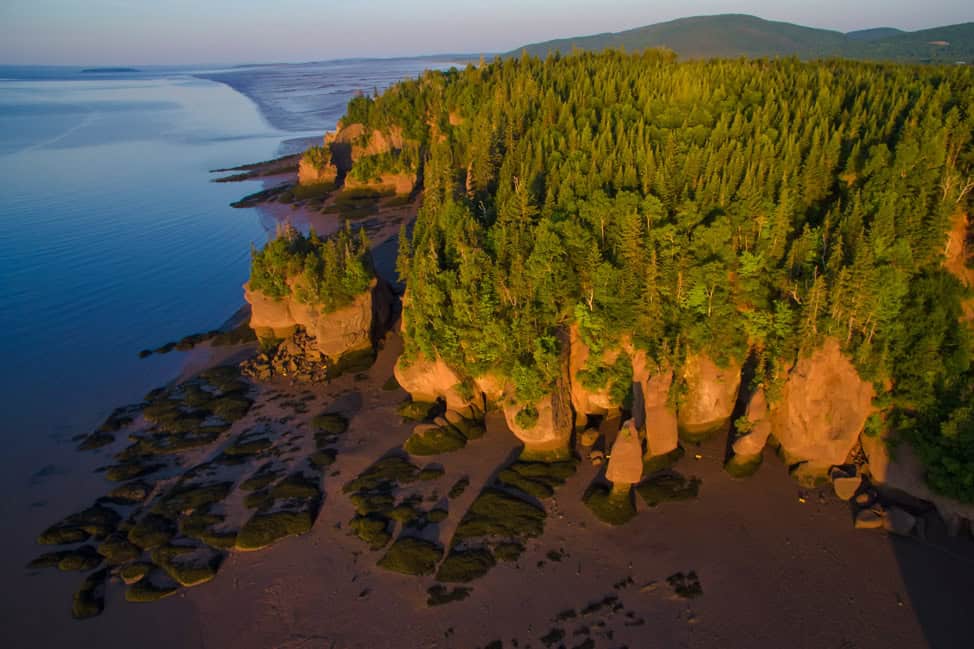
Moncton is one of the few places in the world where you can go tidal bore surfing. International surfers come here to ride the tidal bore on the Petitcodiac River, which feeds into the Bay of Fundy. In 2013, a North American record was set when two California surfers rode one wave for 29 kilometres.
St. Martins, New Brunswick, is one of the few places in the world where two UNESCO sites, the UNESCO Fundy Biosphere Reserve and the UNESCO Stonehammer Global Geopark, overlap each other.
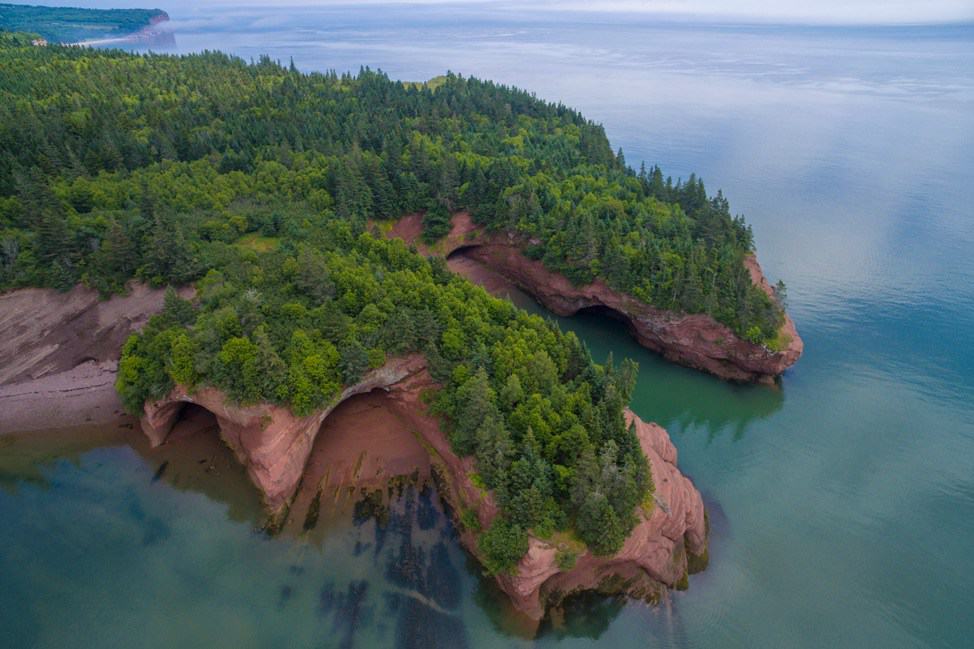
New Brunswick is the world’s third largest exporter of maple syrup products, trailing only Quebec and New Hampshire.
There are 141 covered bridges in Canada, and 58 of them are in New Brunswick. In the small seaside village of St. Martins on the Bay of Fundy it’s also the only spot in the world where you can take a photo that includes two covered bridges and a lighthouse.
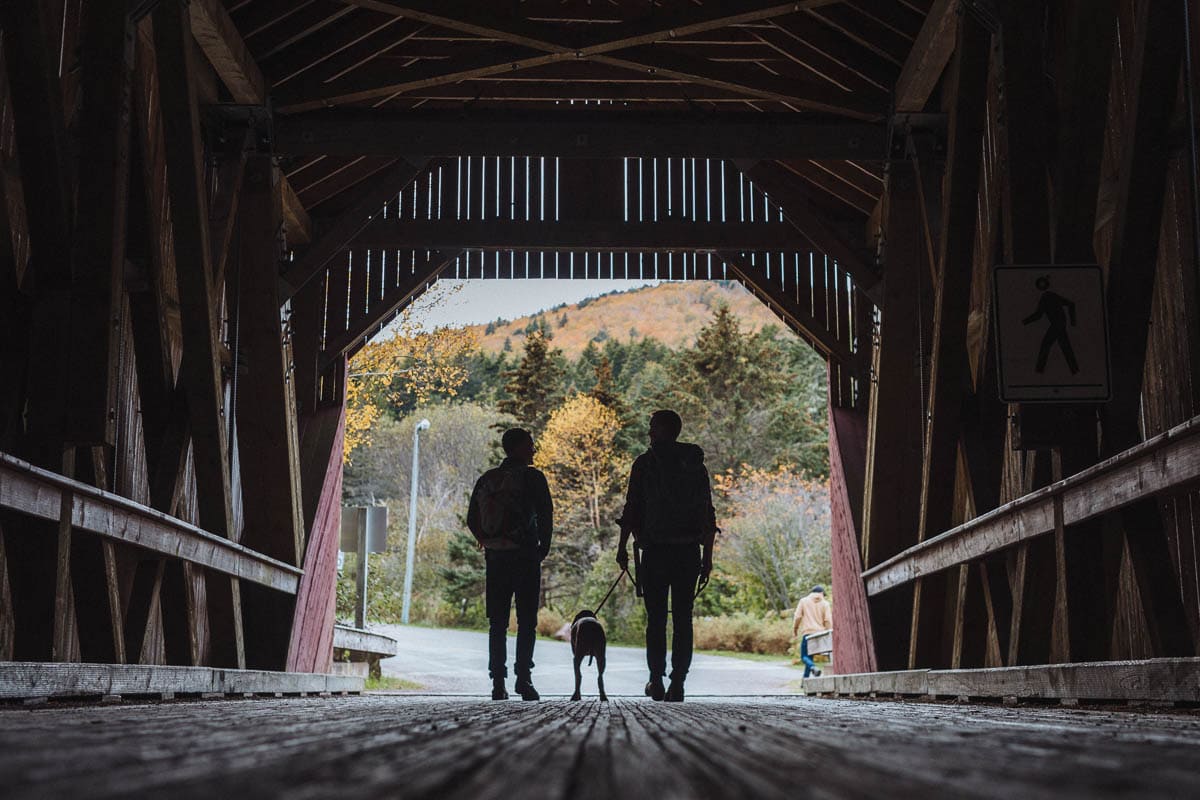
New Brunswick is home to a number of quirky roadside attractions. The world’s largest fish hook, potato, axe, maple leaf, conch, Atlantic salmon, world’s largest silver fox, and world’s largest magnet are just a few to snap a photo in front of. along with others.
Shediac, New Brunswick is home to the world’s largest lobster. The sculpture is 11 meters (35 feet) long, five meters (16 feet) tall and weighs 90 tonnes. Shediac has also been called “The lobster capital of the world.’’
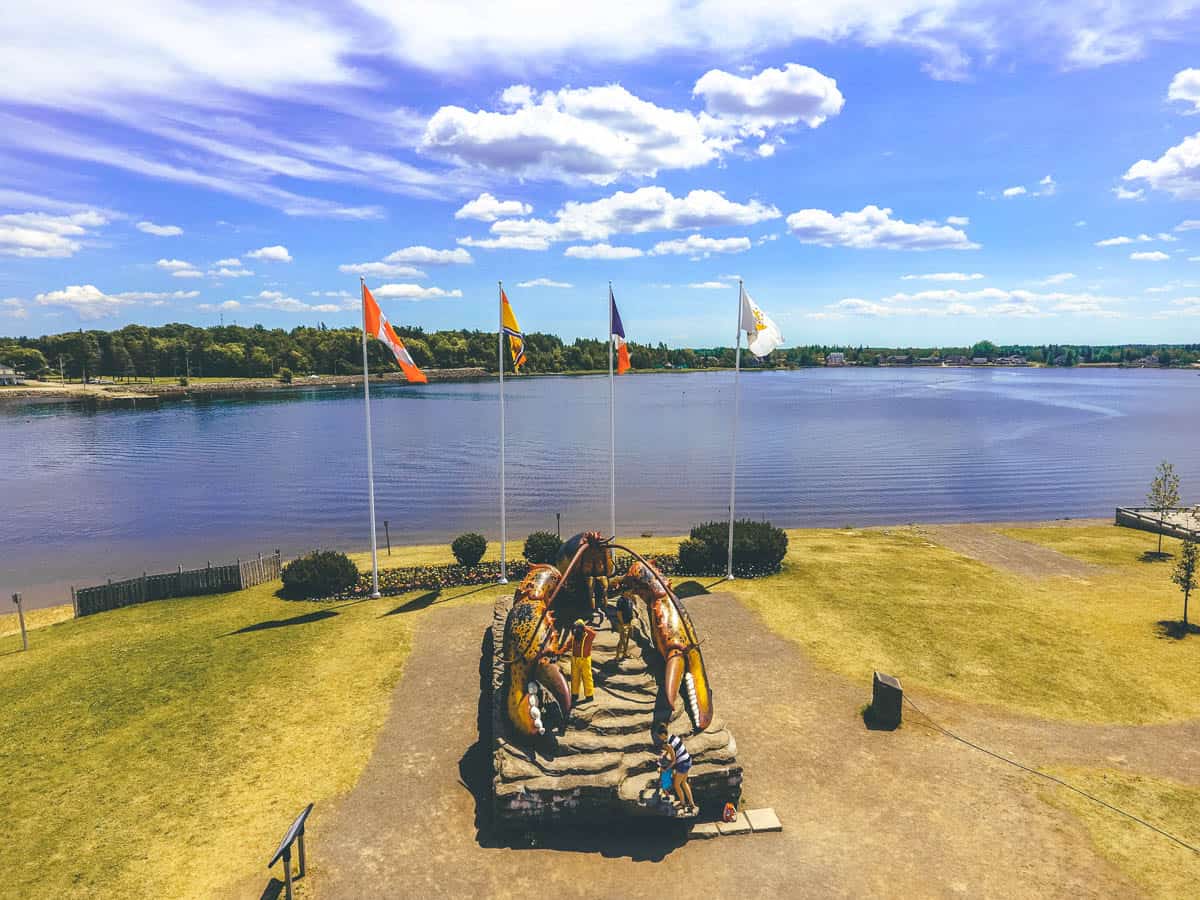
Moncton is home to Magnetic Hill, a famous gravity-defying place that leaves visitors scratching their heads. Drive your car to the bottom of the hill, put it in neutral and – like magic – your car will roll uphill on its own.
New Brunswick’s vibrant Acadian community speaks a distinct French dialect, a legacy of 17th-century settlers. This unique tongue is a reminder of their deep connection to the land and a delightful twist on standard French and reflects centuries of Acadian resilience and cultural pride.
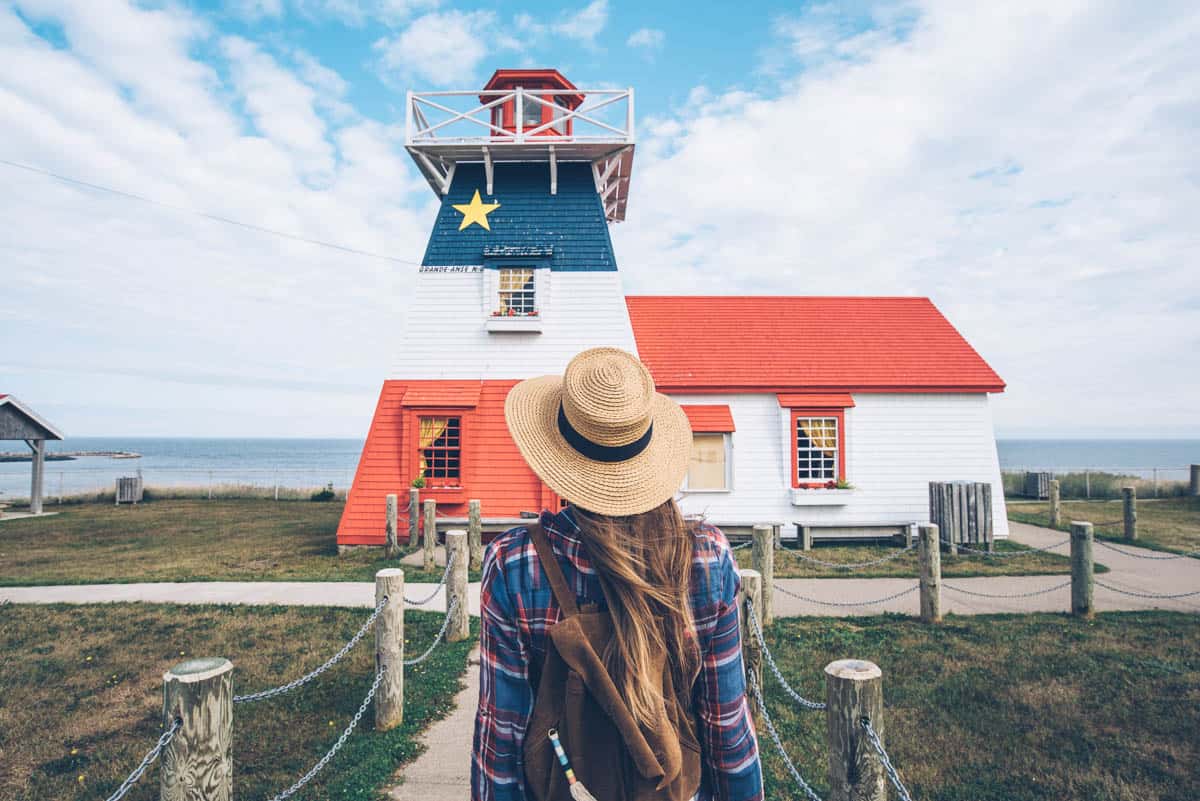
New Brunswick is the home of frozen french fries. McCain Foods, based here, is the world’s largest producer of frozen potato products, and it is estimated that one in four french fries enjoyed worldwide comes from McCain Foods.
Grand Manan Island, the small island on the Bay of Fundy, is probably the crown jewel of New Brunswick. This small island boasts dramatic cliffs and lighthouses and is a popular spot for camping and hiking. Grand Manan is also an amazing spot for whale watching during the summer months.
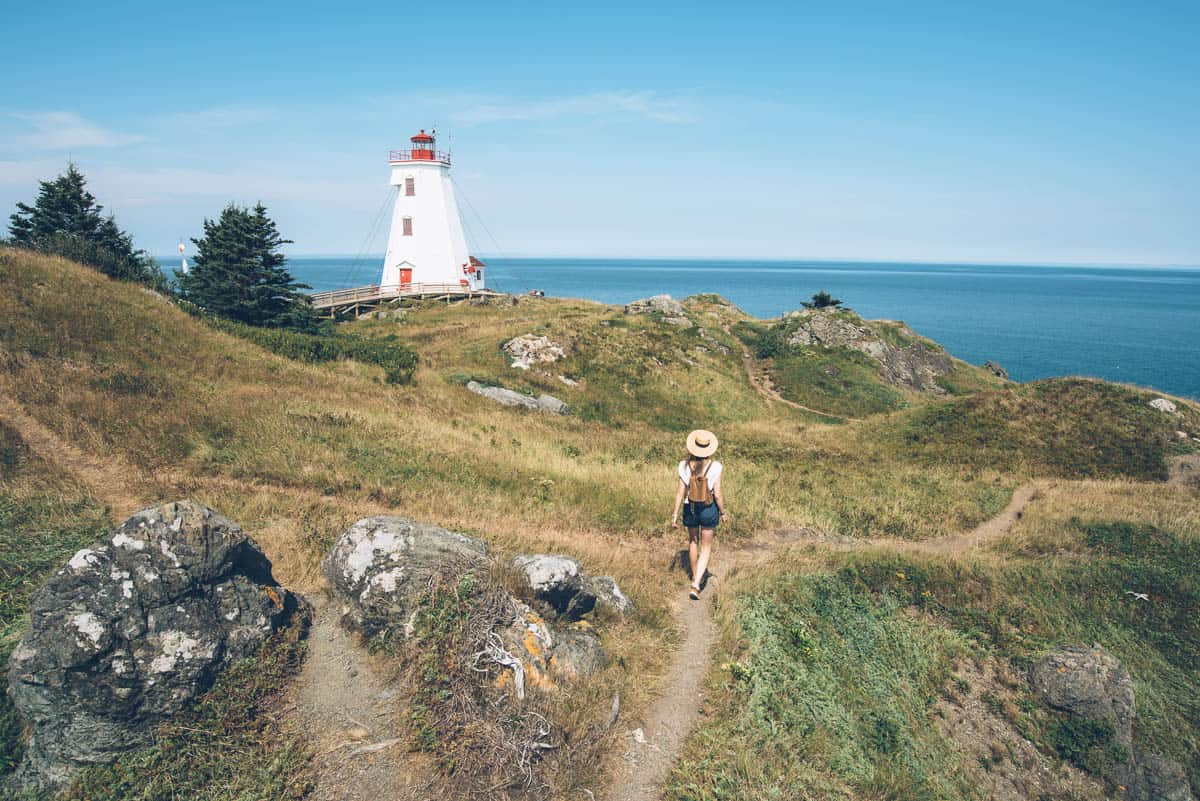
There are two national parks in New Brunswick, Fundy National Park and Kouchibouguac National Park. Fundy National Park dazzles with the world’s highest tides. Visitors can either explore the ocean floor at low tide, kayak amongst towering cliffs during high tide, or hike the large trail system through lush forest along the bay’s edge. Alternatively, Kouchibouguac National Park features sandy beaches, saltwater lagoons, and abundant wildlife. Both national parks have excellent opportunities for hiking, camping, and immersing yourself in the natural wonders of New Brunswick.
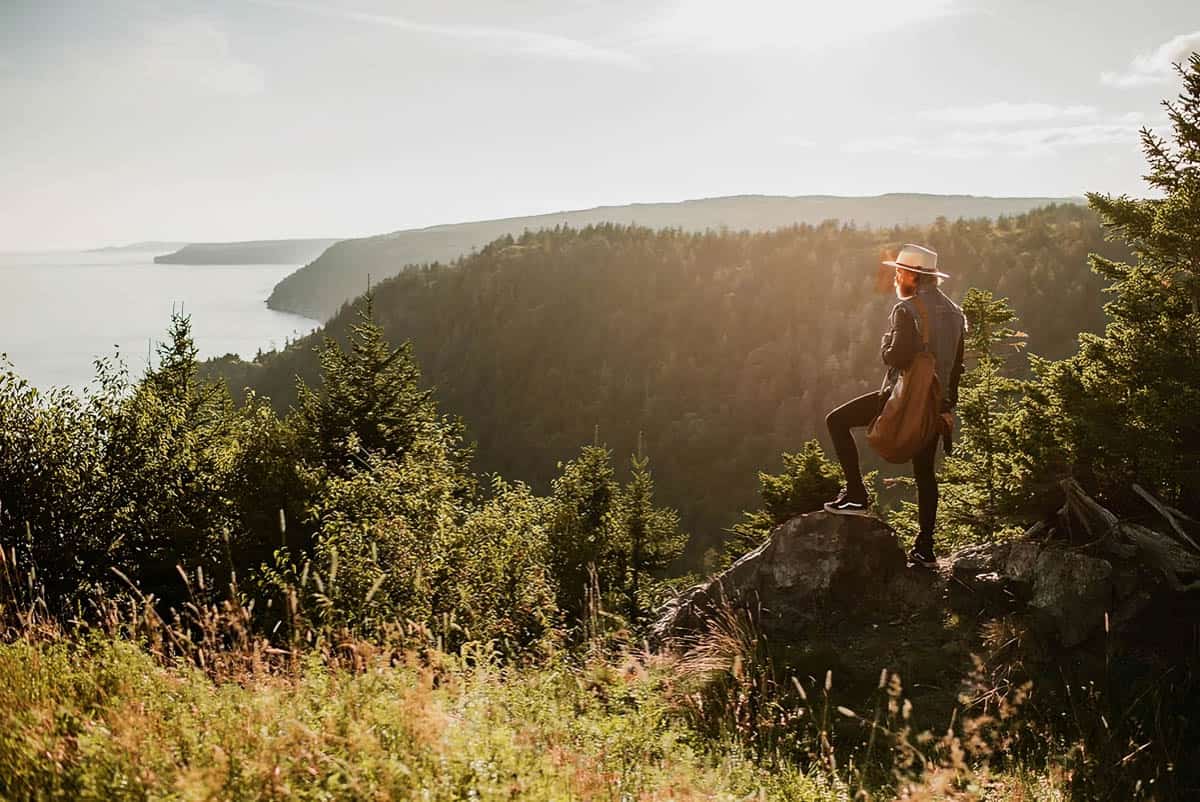
Now that you’ve read all these facts about New Brunswick stay tuned to test your knowledge with our challenging quiz!

